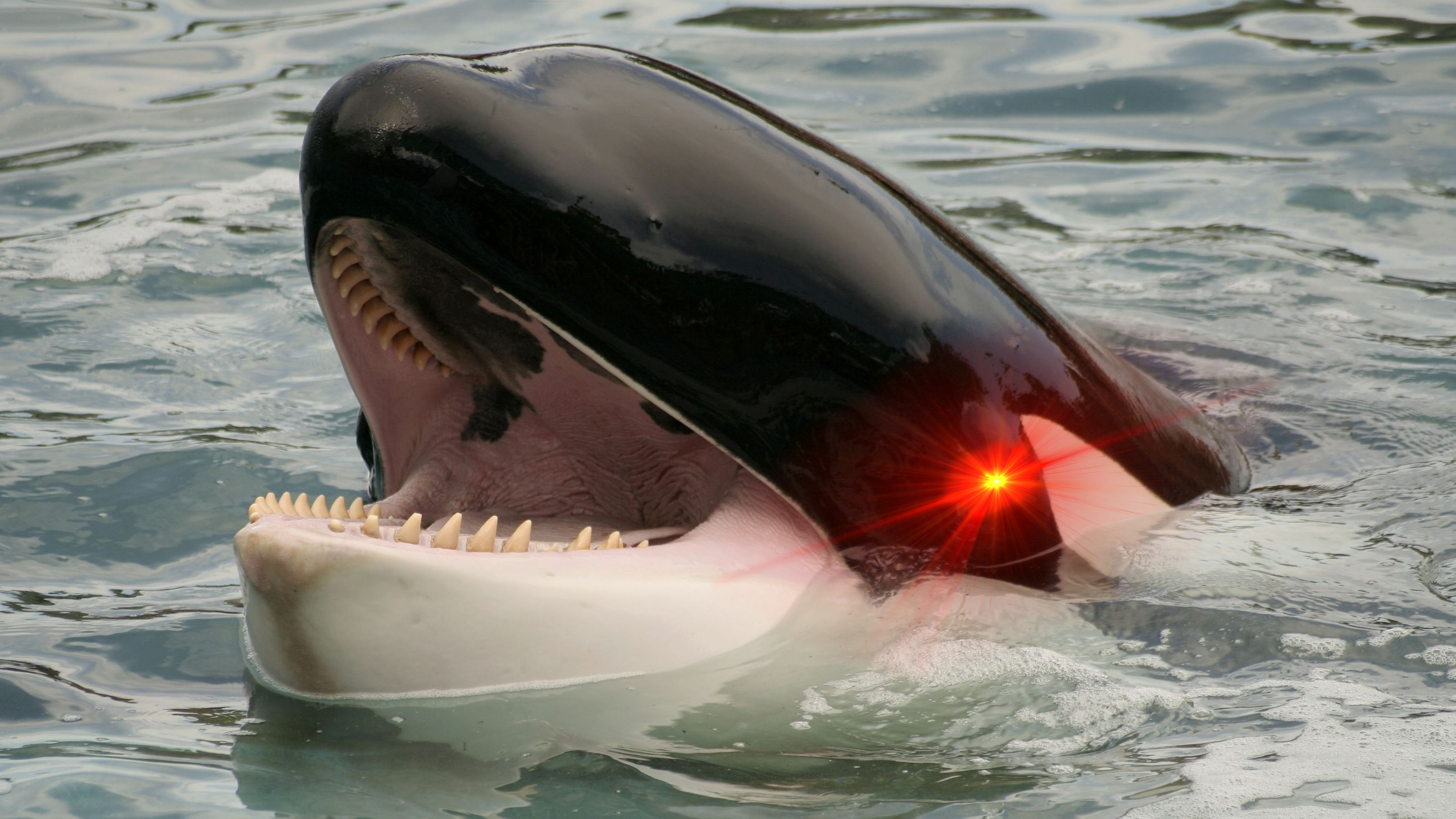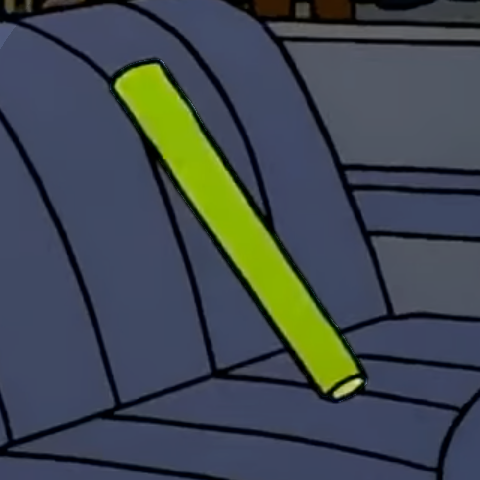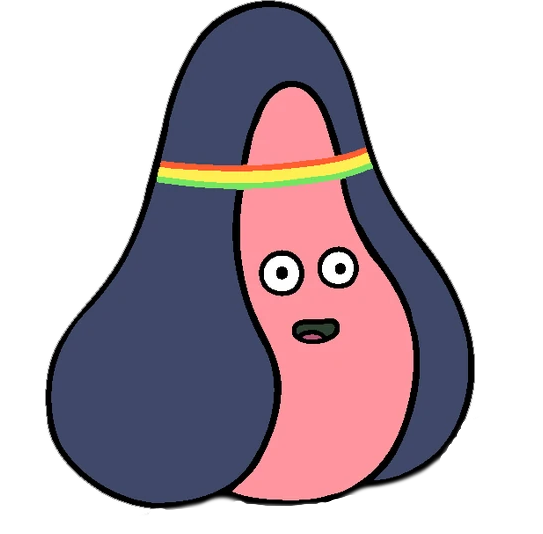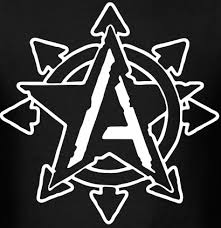Relevant XKCD quote I think of frequently:
Normal light interacts with the atmosphere through Rayleigh scattering. You may have heard of Rayleigh scattering as the answer to “why is the sky blue.” This is sort of true, but honestly, a better answer to this question might be “because air is blue.” Sure, it appears blue for a bunch of physics reasons, but everything appears the color it is for a bunch of physics reasons.
When you ask, “Why is the statue of liberty green?” the answer is something like, “The outside of the statue is copper, so it used to be copper-colored. Over time, a layer of copper carbonate formed (through oxidation), and copper carbonate is green.” You don’t say “The statue is green because of frequency-specific absorption and scattering by surface molecules.”
So yes, they are blue. They’re just blue for a slightly less common reason than other blue things.
this is the enlightened take.
You see the light reflecting from paint doesn’t actually become blue, it loses yellow

so if i put spectrophotometer, it won’t show spike at 460 nm?
well, yes, it would

fucking nerds
This isn’t that pedantic paint shit. The tweet did a bad job of explaining
Blue Jays are blue because of structural coloration rather than pigmentation, like how peacock tails or butterfly wings work. While the actual pigmentation on a Blue Jay’s wings is brown, the light bending caused by the tiny structures within their feathers makes them blue. Pretty neat!
The end result is still the same, the neat interference aside, they are “really blue”. The starting point of the tweet they are not and it is nerd shit.
The neat interference can be brought up by like comparisons to: gas spills on water, butterflies, tempered steel, dslr lenses, *opals!
Yeah bad tweet for sure, I just think structural colour is very cool.
Blue jays aren’t blue

Blue jays are like opals

Adam Sandler peering at a Blue Jay with a magnifying glass
“Holy shit I’m gonna cum”
when I’m at a pedantic nerd competition and my opponent pulls out a spectrophotometer

You came at me talking about objective facts without scientific instruments? Think better, kiddo
a UV-vis spectrum of the pigment in their feathers should look like this and the observed light is from scattering instead of absorption processes. god fuck please wedgie me
yeah, but instead feathers look like this, also known as “really blue”
pedantic shit but since im shrivelling into a corn cob: reflectance spectroscopy on a bulk structure that reflects blue shows that it indeed reflects blue, not that the material comprising the structure itself transmits blue as with pigments
 <- this is me rn.
<- this is me rn.Pigments (typically used in non transparent dyes) don’t transmit, they subtract parts of white light, and reflect what we call their color. Indigo does exact same shit - indeed reflect blue™.
its not “an optical illusion”
shit fair shout had internal transmittance and absorption mixed up. and yeah it’s not an optical illusion, it’s still reflecting blue light, just not as a direct result of electronic effects
We can be two corncobs together in the field

ok but im still dying mad
Shut up and kiss already, nerds!
“transmission” is analogous to transparency, right?
Yes
They’re red-jays, you just can’t tell because they’re flying so fast directly at you.
You fool! That would blueshift them!
Only in hindsight are they the correct color.
IDK that sounds exactly like how light works
kkkandain$$kkklanadian$$
$ee me after klaSS
I remember seeing a whole ass nerd video talking about it and the only true blue animals are a butterfly and a frog
Did you know that the robin isn’t really visible? We only see it as visible because light bounces off of it and enters our eyes.
(Norm MacDonald voice) That’s very uninteresting
Yeah fuck Canada!
What’s the joke though?
That is how light works there, its subsurface scattering or thin film interference (don’t remember which) isn’t it?
It’s someone fundamentally misunderstanding an actual fact (that blue colors in nature almost never work the same way as normal pigments, and are a physical structure refracting light instead of a chemical that absorbs other light frequencies and reflects blue ones) as meaning something isn’t “really” blue. Like the feathers aren’t a blue pigment that could be dissolved in some base and used as paint (presumably) because their color is a structural rather than a chemical property, but it’s just silly to decide that the ontology of something “being a color” is dependent on chemical pigments instead of what it literally looks like when exposed to light.
the guy who named it a “blue jay” was a lying piece of shit, never to be trusted
shoulda called it the “actually not blue you dumb motherfucker jay” instead
That’s a gorgeous bird right there fr
















